If your organization hosts multiple events throughout the year, you need an integrated cross-promotion strategy that helps you capitalize range of participants and attendees. This five-step process will help you harness the power of your events to promote other events.
Make Your Organization Brand Known
Organizing an amazing event is the best way to build credibility for your event organization. But that credibility only transfers to later events if your attendees are aware of the organizing business or nonprofit in addition to the brand of the event. There are a few easy ways you can help your attendees connect their event day experience to your organization as a whole.
- Use the cover page on your event website to call out your organizing company. Depending on the strength and individuality of you event brands, this can be done via a shared color scheme, a common logo setup, or a simple call-out of the production company on your header image.
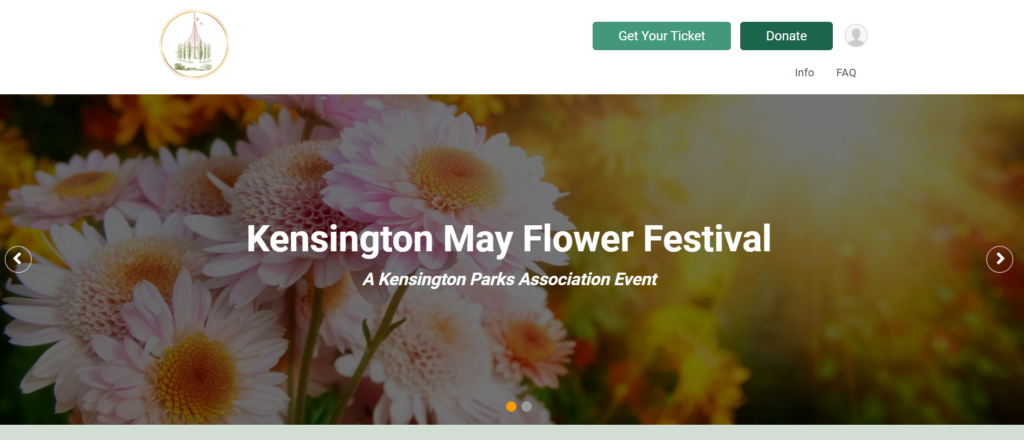
- Create an Organization Website or link yo your existing website as a hub with information about all your events – and link to that website from each of your event websites to help happy attendees find more of your events.
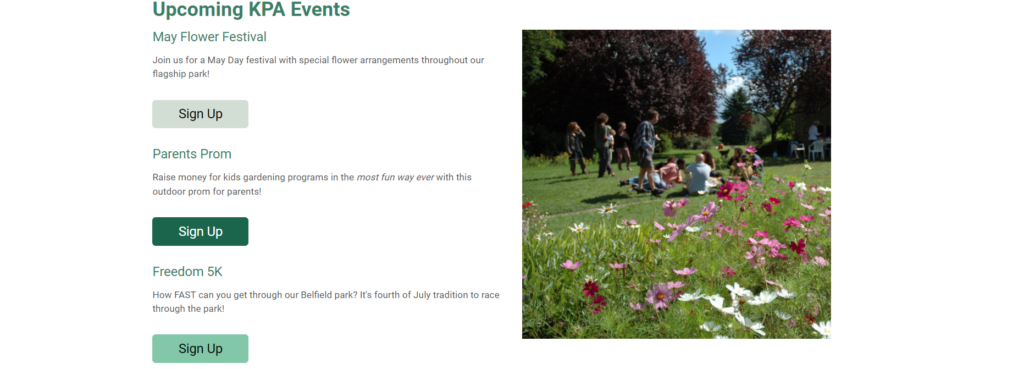
Segment Your Attendee and Participant Data
If you have a large number of events it is important to segment your attendee and participant data to ensure they get promotions for events that they are likely to be interested in without being overwhelmed by a flood of frequent promotions.
Your Organization Email has access to participant and attendee data from across all your events, along with the ability to include and exclude lists depending on your target audience, but you can also manipulate your data off-line and upload custom lists. A few tips for organizing your data:
- Prioritize cross-promoting events to attendees of the same event type. For example, Gala attendees are more likely to be interested in a Garden Party than a Skeet Shooting Day, and 5K participants are more likely to join a 10K than a reading tournament.
- However, people have multiple interests, and you do want to ensure that you’re exposing them to a variety of events so you can learn more about what other event types might appeal to a specific attendee. Start with something related: for example, invite participants in your annual Kids Run (or the parents of participants) to join for Story Hour, and promote your Cooking Class to attendees of your International Food Tour.

Cross-Promote Events Through Email
Now that you’ve established your organization brand and determined what lists should receive promotions for each event, it’s time to start promoting. Between the free email provided with each event and your Organization Email, you first want to determine which emails get sent from each email account. Each account has separate unsubscribes, and you want to avoid over-saturating any one person with emails while forcing them to unsubscribe from every account.
Emails to Send from the Event
These are emails we recommend sending from the dashboard of each individual event, rather than from your Organization Email.
Transactional Emails
On the last step of your email sending process, you can identify if an email is marketing or transactional. You should use Transactional Emails within your event for key event day details like parking, QR codes to check-in, and reminders of bag requirements. This is important to ensure that attendees who don’t want to be marketed to still get your event day emails with important logistics.

Marketing Emails
Marketing emails sent directly from an event are best suited for previous attendees that you know are highly likely to join, and are more likely to see multiple emails as wanted reminders rather than annoying advertisements. Good marketing emails to send from within the event include:
- Upcoming price increases or limited-time discounts.
- Announcements about special swag or giveaways from your event
- Reminders to current ticket purchasers to share their link to access referral rewards
Emails to Send from Your Organization Email
When cross-promoting your events, sending from an Organization Email can help you easily access a wide range of previous participants, attendees, volunteers, and donors. A few good use-cases for Organization Email include:
- A regular newsletter with a roundup of upcoming events within a geographical area
- Major announcements like a new event or a registration opening
- Final opportunities to buy
- Emails targeting attendees from multiple similar events, encouraging attendance to another similar event (for example, inviting attendees of all of your concert events to a new summer concert).
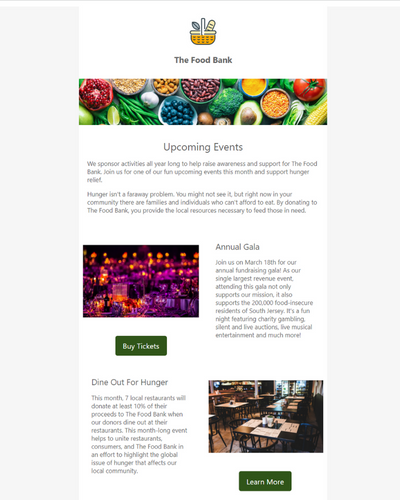
With all your emails, it’s important to review your email reports. If you’re starting to see an uptick in unsubscribes, that’s a good indication that you may be over-promoting via email, and should work on tailoring your emails a little more carefully.
Personalizing Emails to Increase Response
Another way to ensure that your emails don’t come off as spam is to personalize them to your recipients. Custom replacement tags are a powerful way to do this, allowing you to upload a list with specific attendee data (such as the last event they attended or how many events they’ve attended with your organization) and use that data to make the recipient feel like the email is for them specifically.

Cross-Promote Via Advertising
Your attendee and participant data can be leveraged in advertising, as well. You can download ticket purchaser reports and use the data within them to build custom audiences for Facebook and Google advertising. This allows you to advertise previous attendees to remind them to purchase a ticket, as well as to expand your reach to lookalike consumers on the internet.
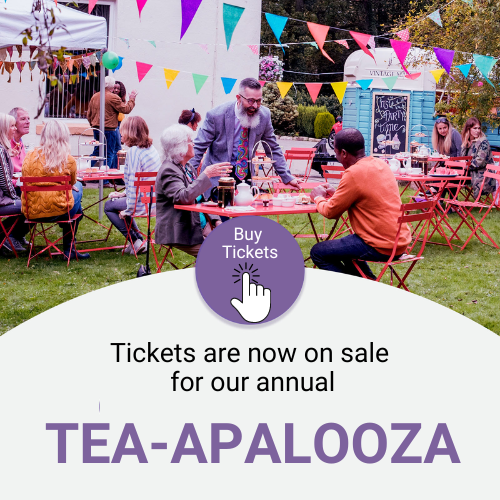
Cross-Promote On-Site
Why wait until your attendees go home to cross-promote your next event? Encourage them to buy tickets immediately, while they are still basking in the fun of the event, with on-site signage and marketing materials. Posters can be hung with QR codes and Quick Text options to allow them to buy tickets for the next event from their phone in just seconds. Or, add a QR code and a little event info to your program or a table of flyers for upcoming events.
Like with emails, you don’t want to overwhelm people by plastering 50 event ads all over your event, but a few well-placed reminders can help capitalize on the glow of event day to grow lesser known events.
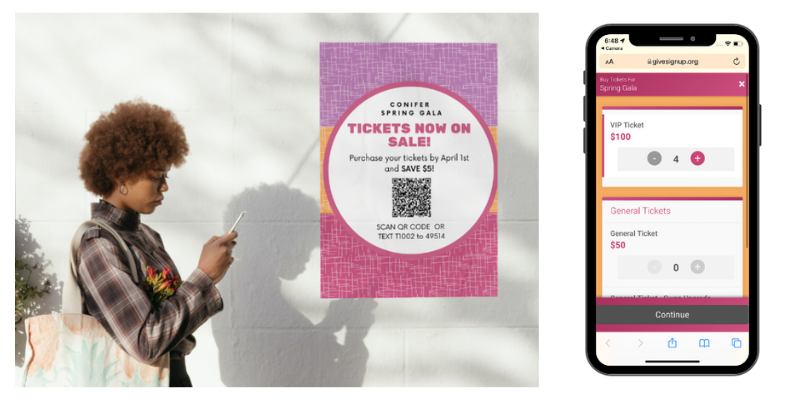
Summary
Hosting more events means more email addresses, more data about attendee preferences, and more credibility with your community. Use your existing events to leverage all that data and cross-promote your events by on your website, by email, through advertising, and on-site.
